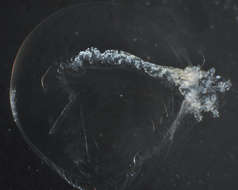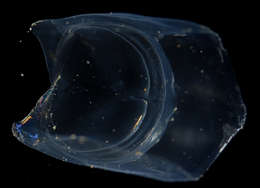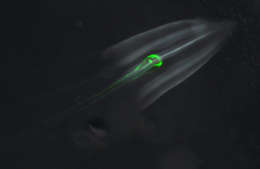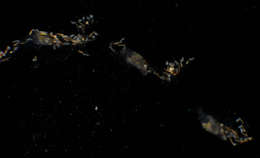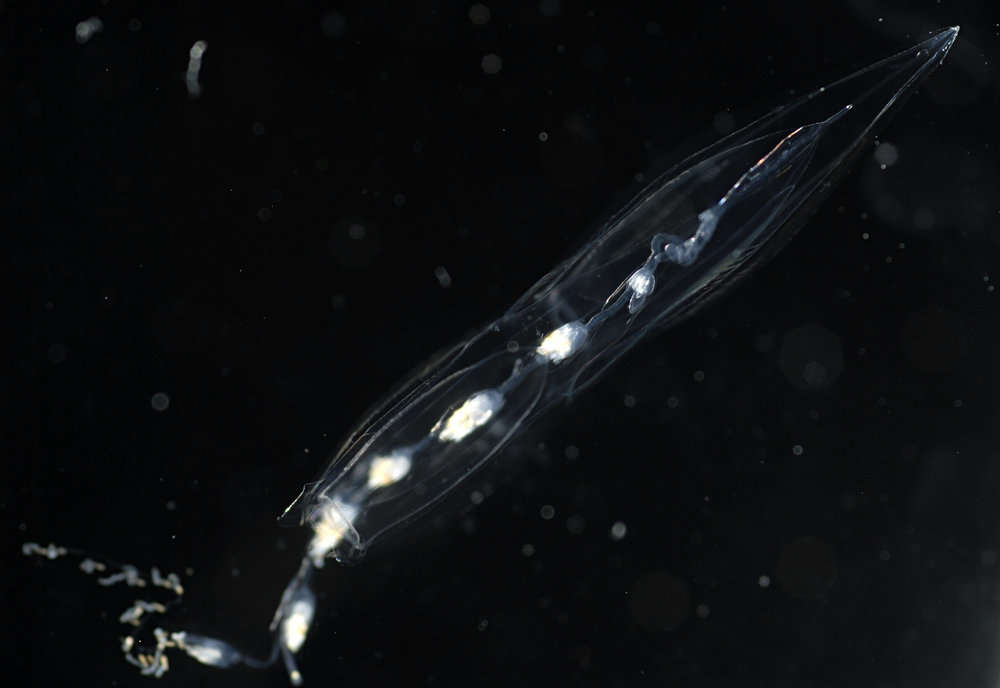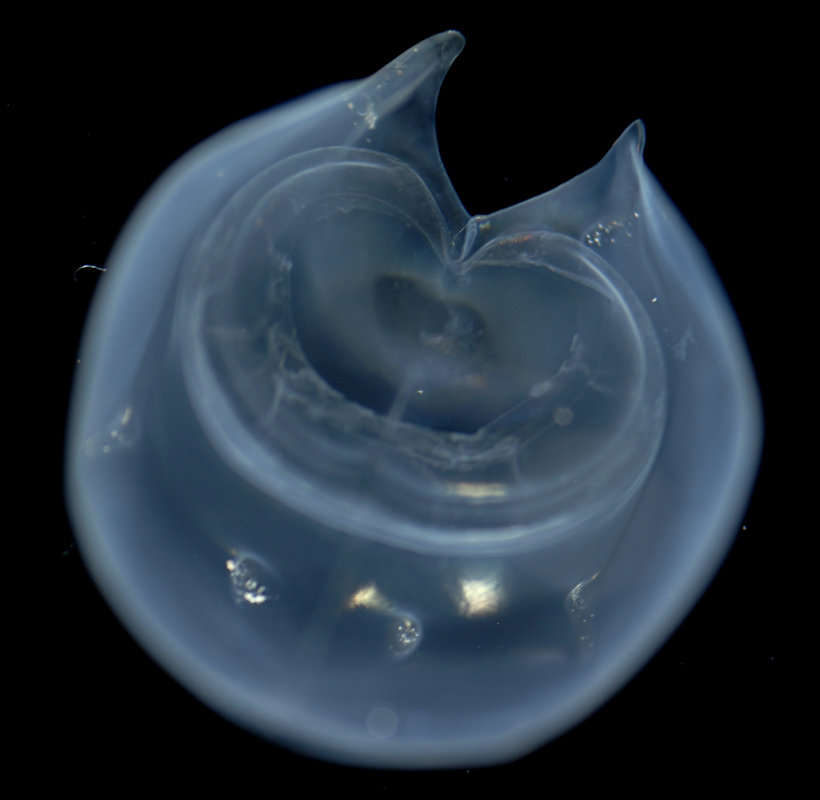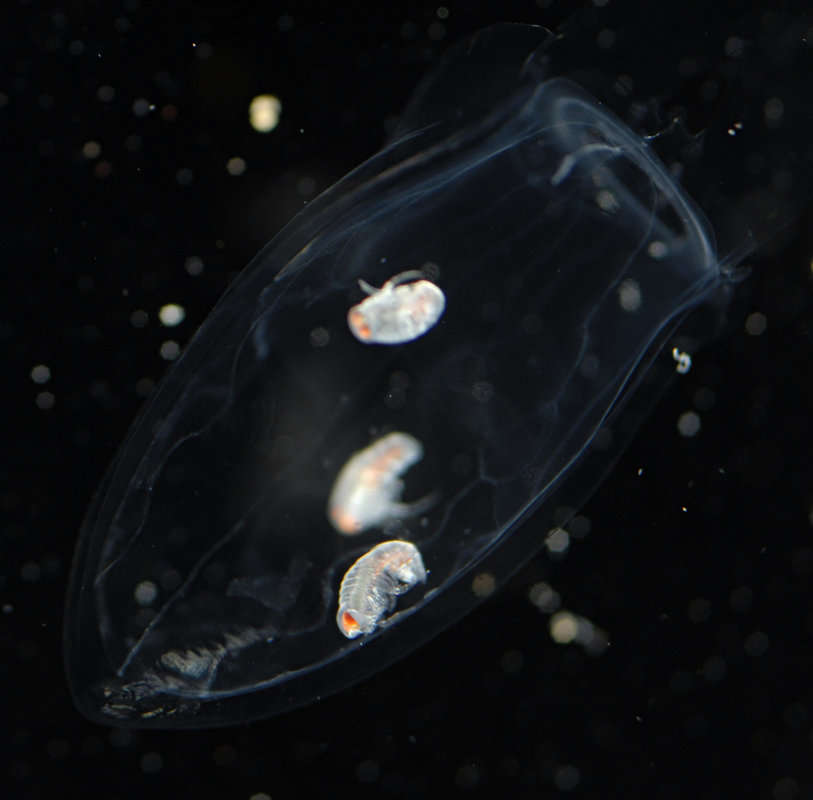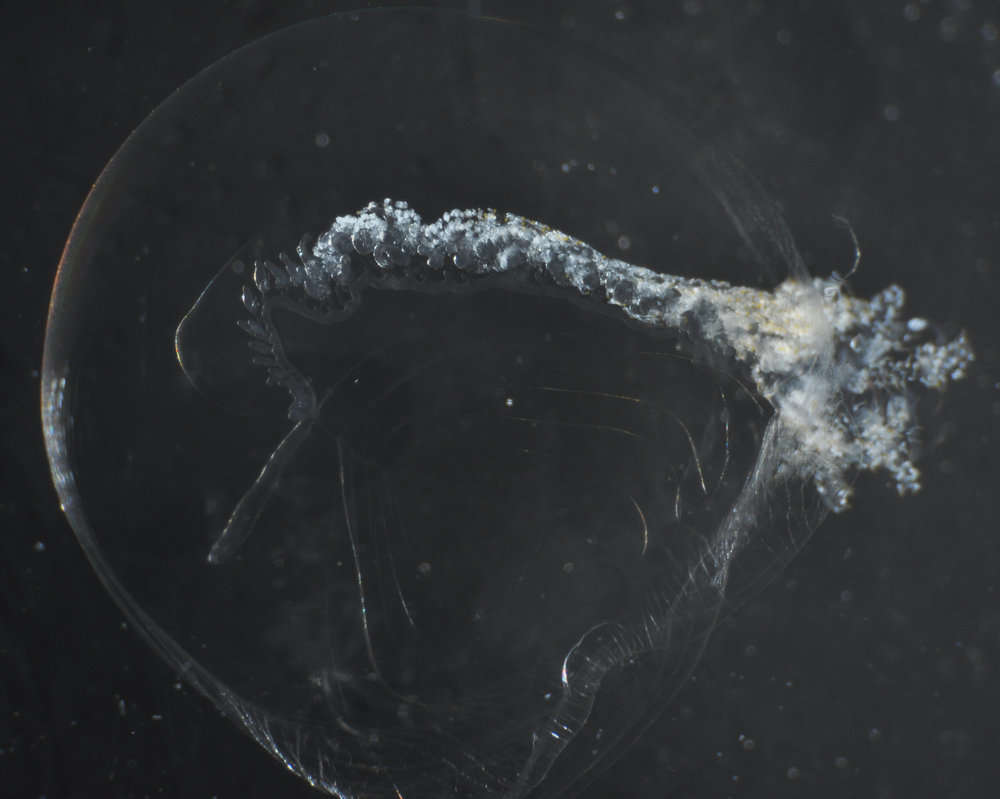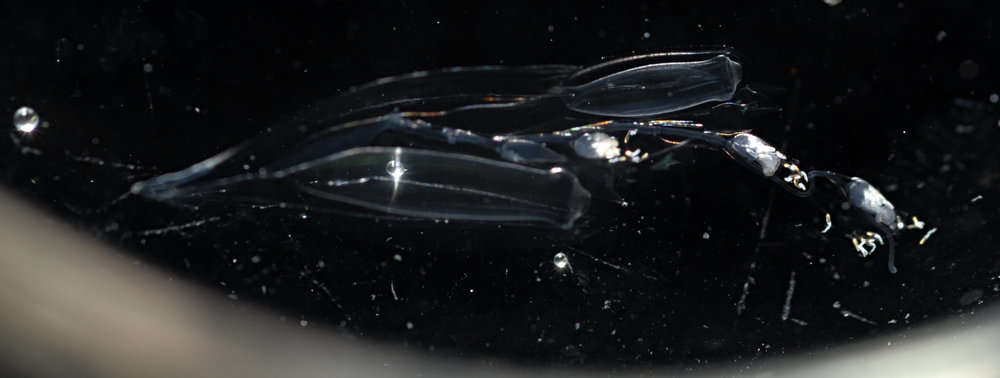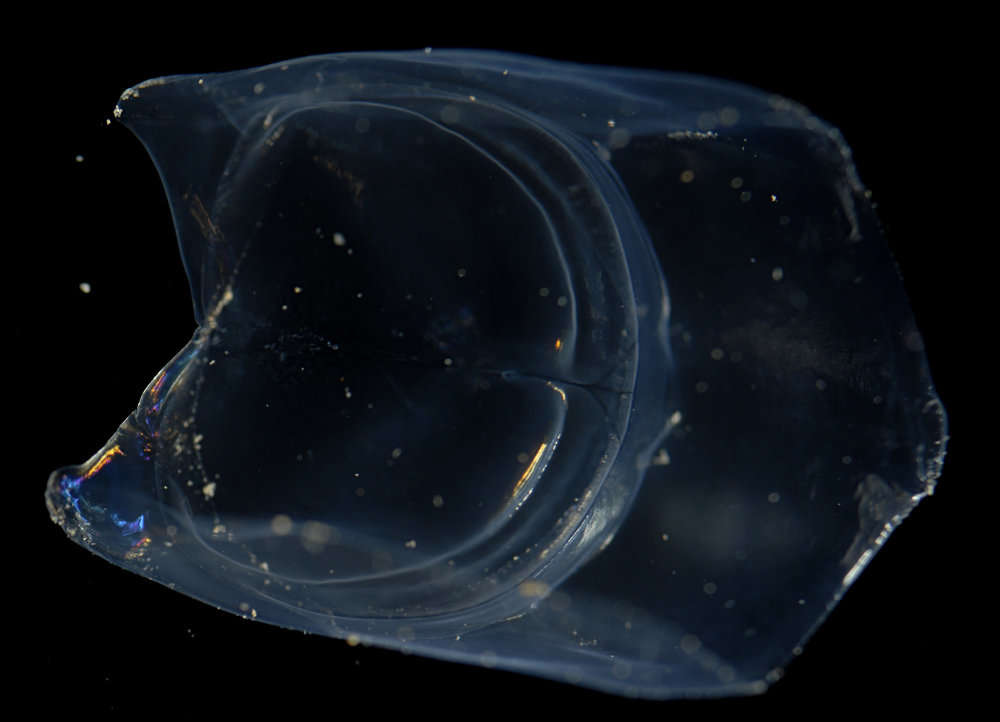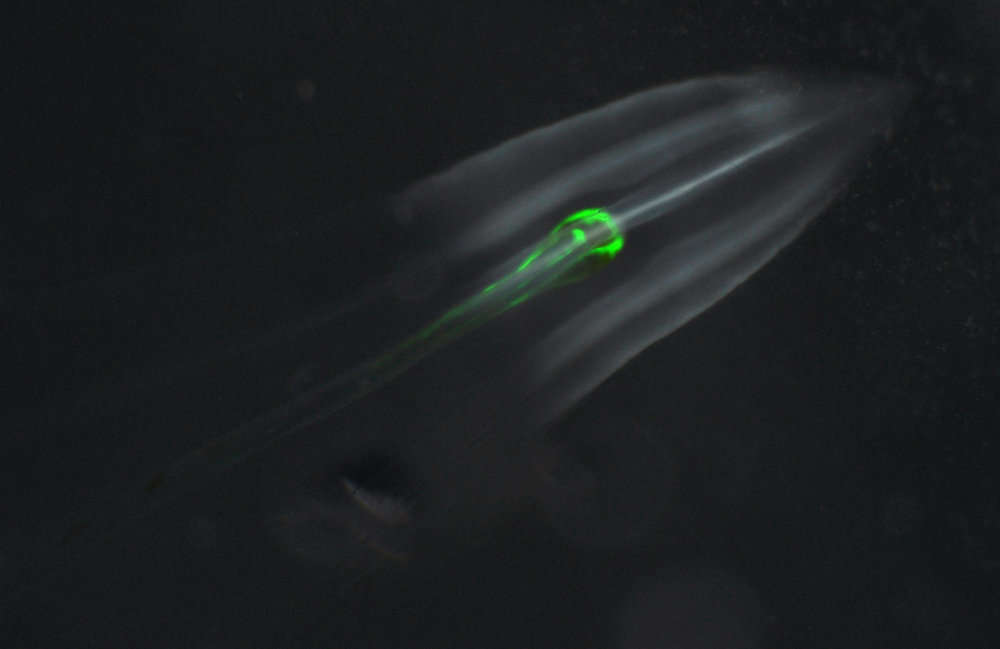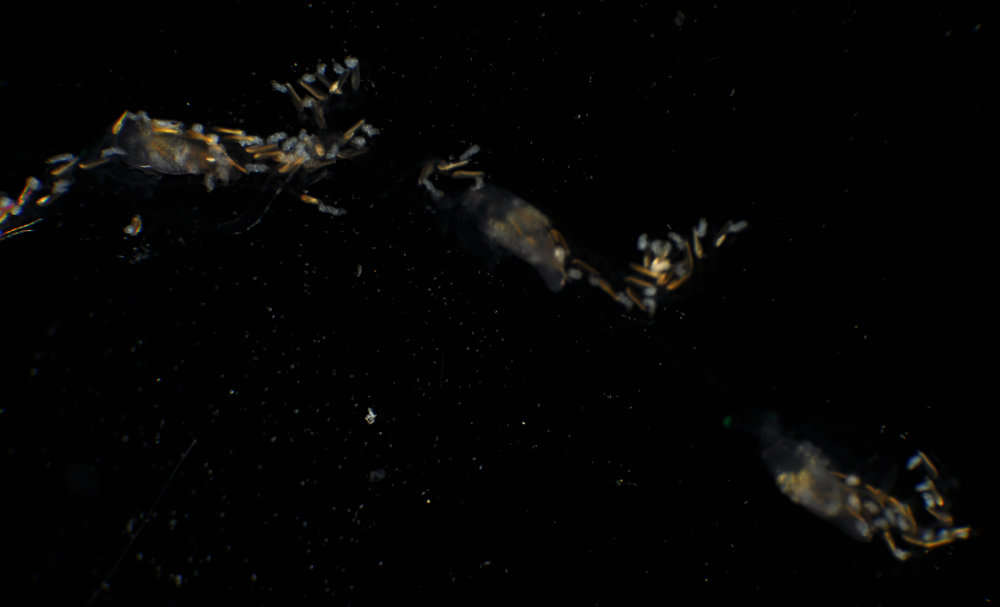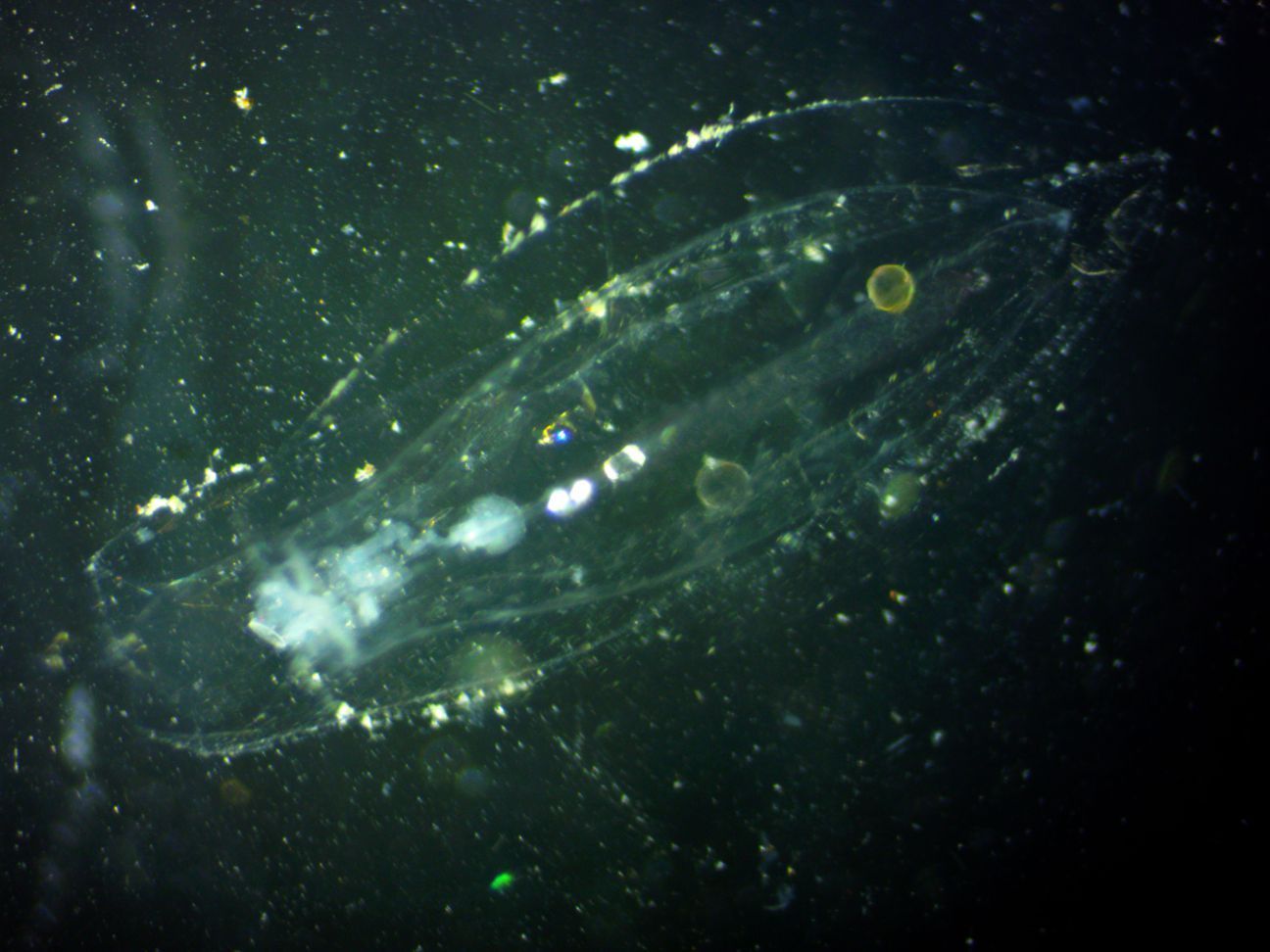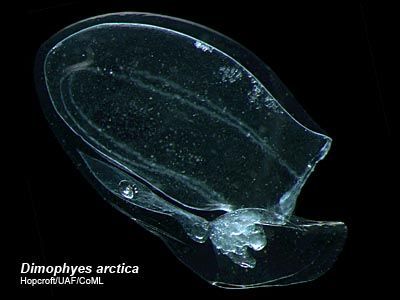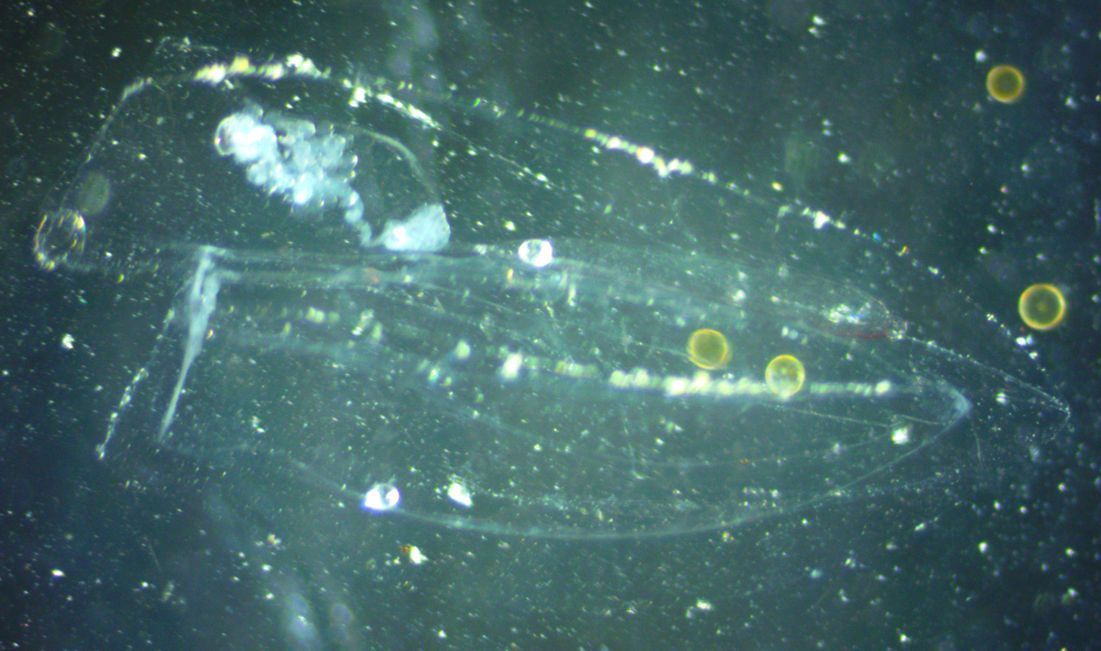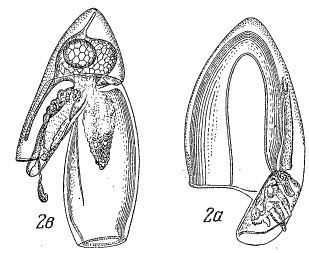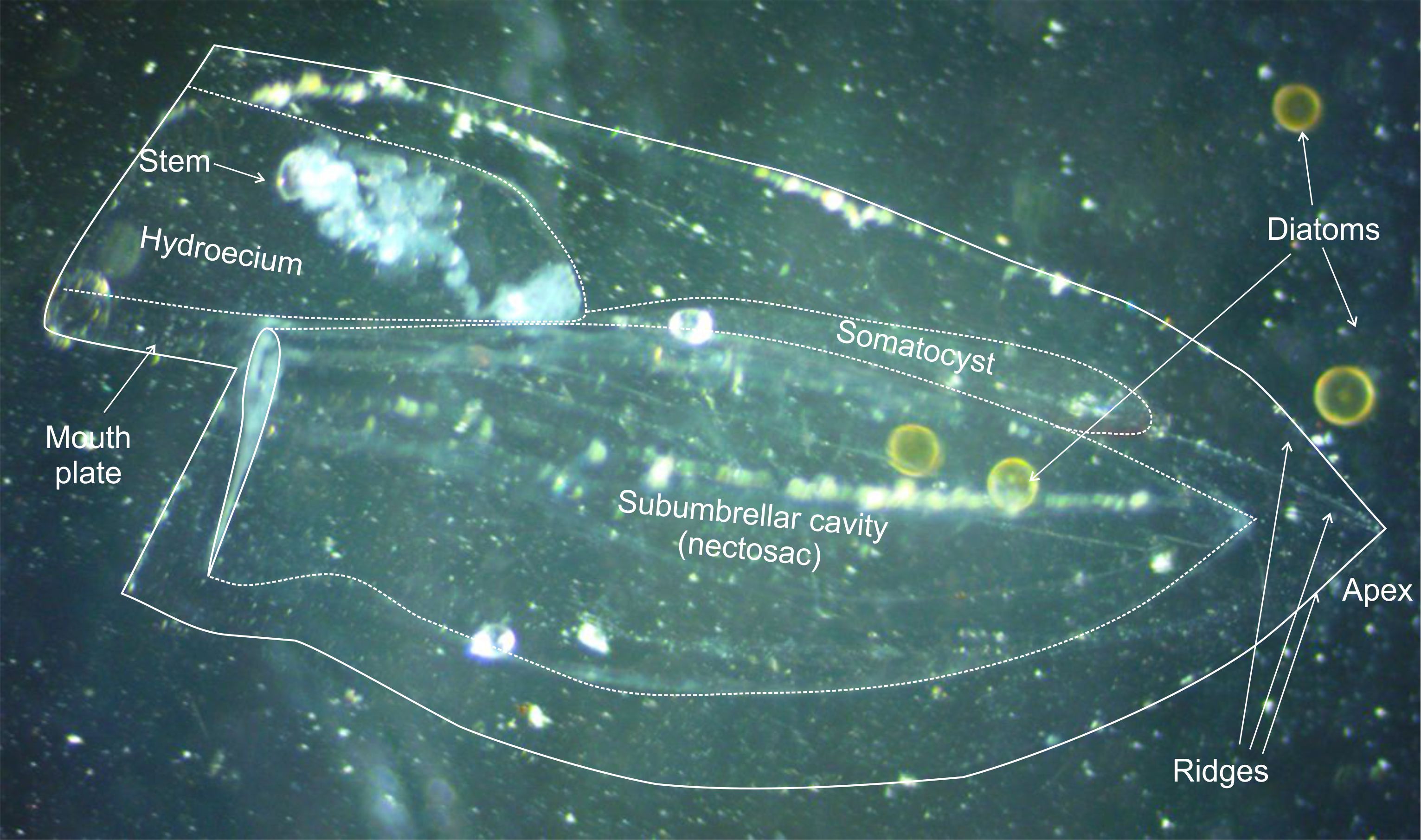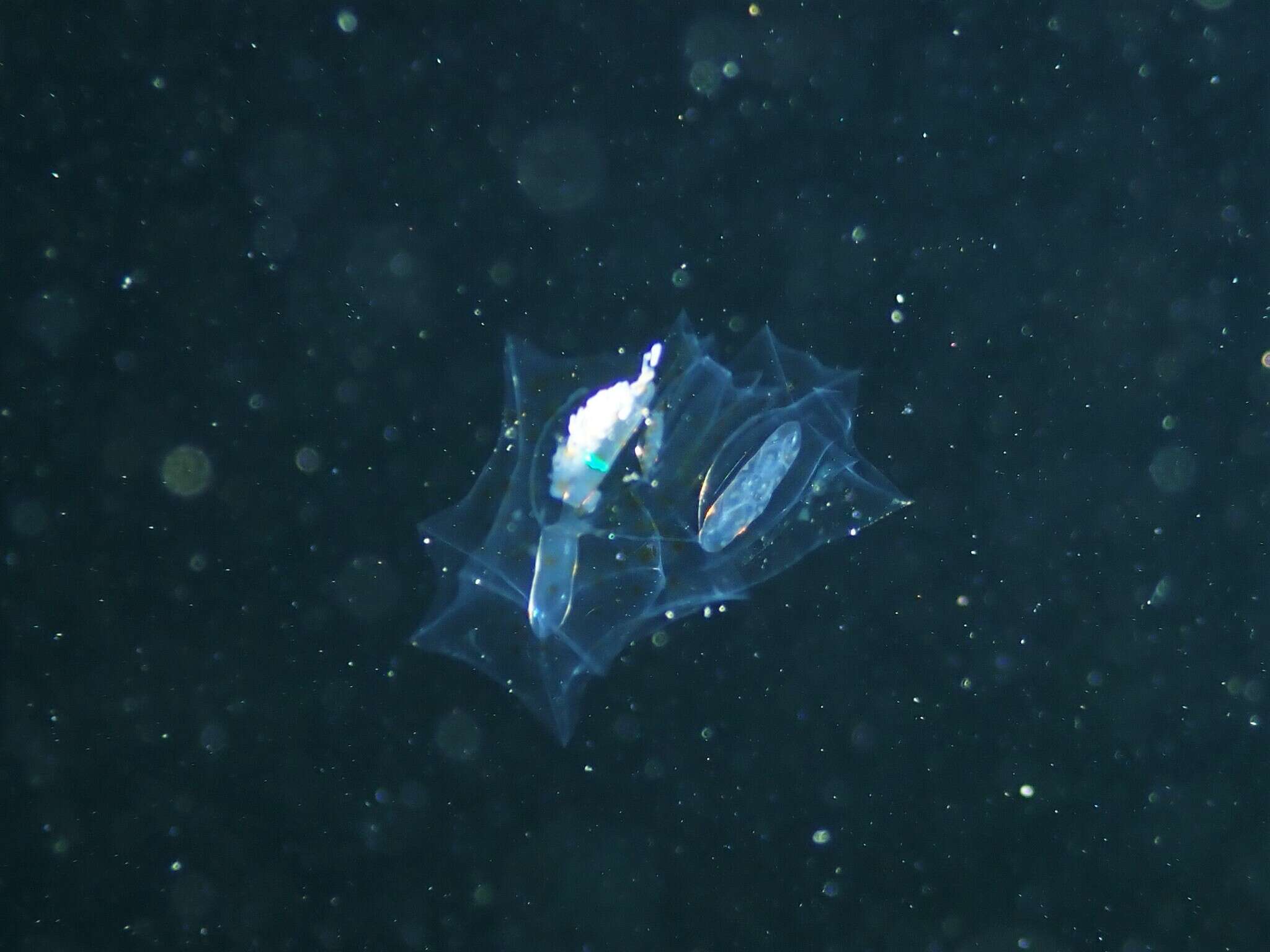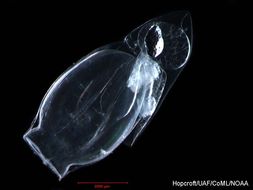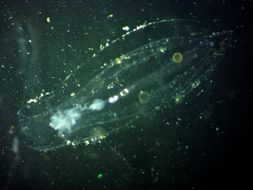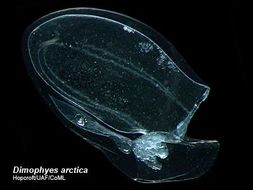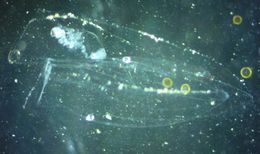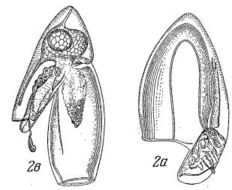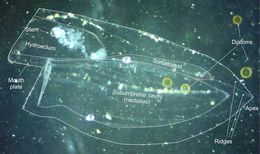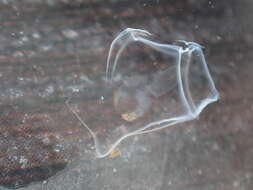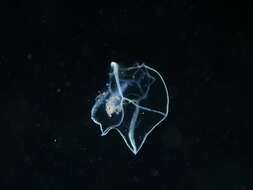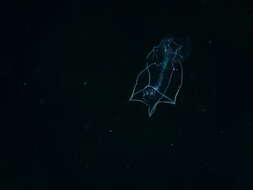-
All Biocode files are based on field identifications to the best of the researcher’s ability at the time.
-
All Biocode files are based on field identifications to the best of the researcher’s ability at the time.
-
All Biocode files are based on field identifications to the best of the researcher’s ability at the time.
-
All Biocode files are based on field identifications to the best of the researcher’s ability at the time.
-
All Biocode files are based on field identifications to the best of the researcher’s ability at the time.
-
A short episode from CreatureCast, a podcast from the Dunn lab at Brown University, about the unexpected world of animals. This episode is made by Sophia Tintori and features Trisha Towanda from the University of Rhode Island. This video is released under a Creative Commons Attribution-Noncommercia-Share Alike 3.0 license. Check out CreatureCast.org for more stories.
-
All Biocode files are based on field identifications to the best of the researcher’s ability at the time.
-
All Biocode files are based on field identifications to the best of the researcher’s ability at the time.
-
All Biocode files are based on field identifications to the best of the researcher’s ability at the time.
-
All Biocode files are based on field identifications to the best of the researcher’s ability at the time.
-
All Biocode files are based on field identifications to the best of the researcher’s ability at the time.
-
Dimophyes arctica (Chun, 1897)
-
Muggiaea atlantica, which is a single nectophore (8 mm long in this individul), captured in the Strait of Juan de Fuca on a 60-m vertical plankton tow. Ventral view, with the mouth to the left. A right-side view of the same nectophore is shown below. The green spheres are diatoms. (Photo by: Dave Cowles, August 2014)
-
Dimophyes arctica (Chun, 1897)
-
-
Dimophyes arctica (Chun, 1897)
-
-
-
-
-
-
-
-






